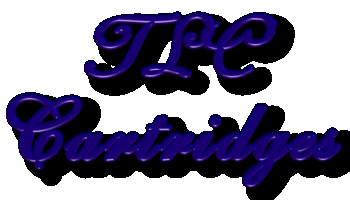Speed: Speeds range
from 4 to 24 ppm (pages per minute). Consider how
many users will be plugged into your printer
before deciding upon the speed. If you print
documents of 10 pages or less and you are the
only user, you might consider a printer speed of
about 4 ppm or 240 pages per hour. But if you
have a large number of users hooked up to the
same network printer, you probably need at least
10 ppm or better.
Paper Sources: An
important feature could be the type of material
you plan to print. If you print a lot of
envelopes or use specialty papers, you will want
a printer with multiple paper sources or one that
has a supplemental paper tray.
Duplex Printing: It
you print documents on both sides of the paper,
consider getting a printer with this feature.
Otherwise, you won't need duplex printing - it's
unnecessary and costly.
Interface: Unless
you're a Mac or PC notebook user, you probably
won't need anything but a standard parallel
interface. Mac users need serial or Apple Talk
interfaces. And PC Notebook owners may want a
printer with infrared ports. Multiple, buffered,
and automatically switched interfaces are only
necessary for network printers subject to heavy
use.
Resolution: Unless
your company does a lot of graphic design, 300
dot per inch resolution is adequate for business
correspondence and presentations - especially if
used in tandem with your printer's
resolution-enhancement features. A resolution of
600 dpi is recommended for desktop publishers and
printing ultra fine graphical images.
Memory: It is also a
big requirement for graphic designers with 2MB
usually enough for 600-dpi printer If you use
Post-Script and produce gray scale photographic
images, it is better to go with 4 MB or more.
Price: Prices for
laser printers range from $349 to $3,800 for the
top-of-the-line high-speed network printers.
Before you make your final decision, do
your homework. Consider how your company needs are
likely to change over the next three years, the
average life span of a laser printer's life. Keep in
mind that it's often much easier and less expensive
to grow into a printer than to upgrade later.

